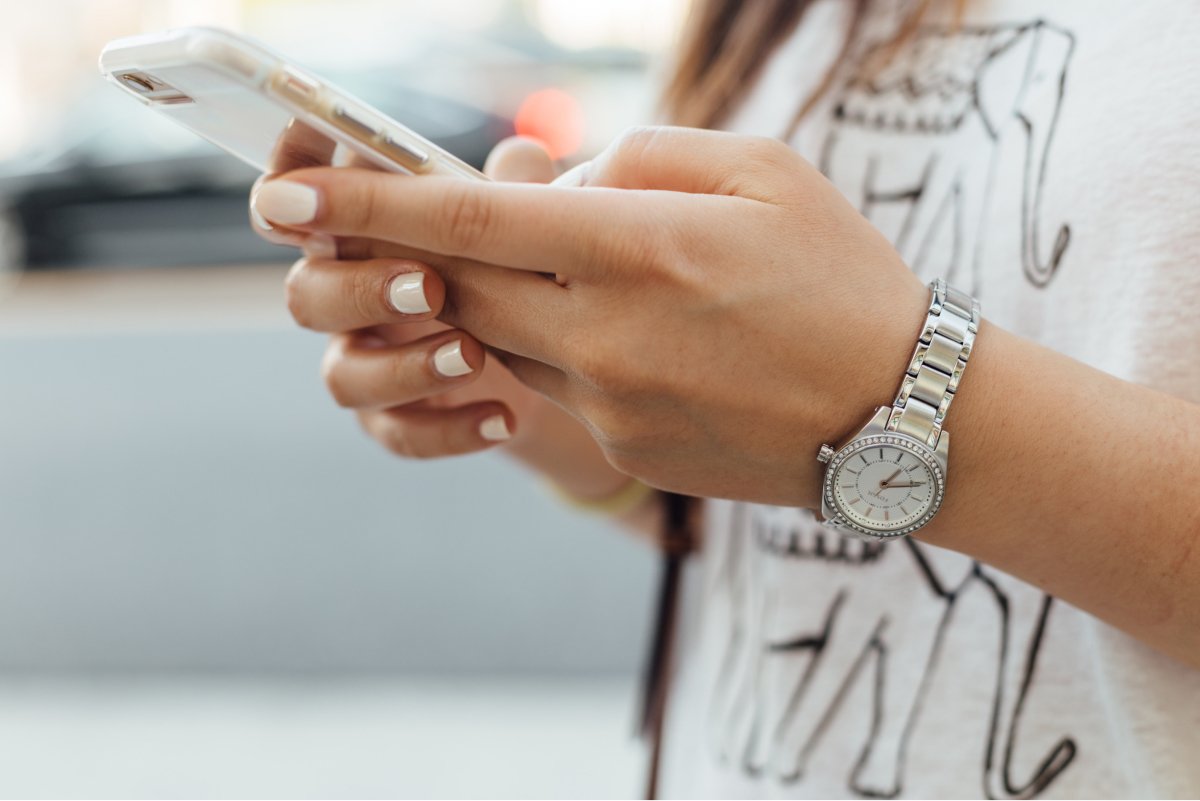“If you build it they will come,” or so the old saying goes. However even the most successful apps and digital platforms attribute a big part of their initial success — as well as their long-term brand recognition — to a successful user acquisition strategy. Twitter, Instagram, Slack, your favorite video game — they all might be wonderful products, but without a user acquisition strategy, they never have the legs to reach their audience.
It should come as no surprise then, that if you want success, you’re going to have to build out a thorough user acquisition strategy before launching your app.
User Acquisition Strategy: What it is and Why You Need it
Think of acquisition marketing as a bunch of separate strategies that help you both identify customers, and then convert them into users. According to General Assembly, acquisition marketing is “the science that complements the art of building an audience and a brand. A quantitative approach to marketing with a specific goal of gaining customers.”
On the surface, user acquisition sounds pretty straightforward. Unlike a general marketing or sales plan, it focuses specifically on identifying and attracting the ideal customers and users for your new app. Without it, even the most well-designed and useful apps can fail to find the right user base and disappear into obscurity before they’ve really had a chance to succeed.
There are many ways to successfully build an audience, but finding your own app’s secret sauce will take some research, creativity, and good old fashioned trial and error.

Endless Market Opportunities — and Competition
First, the good news. At the end of 2019, there were over five billion mobile users around the world, so there is no shortage of potential customers for new apps. On the flip side, that can also be bad news for small or independent app developers with little to no reach or brand recognition.
Android and iOS each have over two million apps (and counting!) for users to choose from, so depending on your niche and target customer, the competition can be pretty steep. Even if you design an app that your target users desperately need and are actively searching for, there are no guarantees that they will ever find it in the sea of apps already on the market. In most cases you’ll have to bring it to them.
That’s where your user acquisition strategy comes in. In an increasingly saturated app marketplace, app designers can’t be passive and wait for their users to find them, they have to find their users. Your user acquisition strategy helps you get and keep your target audience’s attention.
How to Acquire New Customers and Users for Your App
Whether you’re an experienced entrepreneur or a first-time app developer with a small (or non-existent) budget, designing a user acquisition plan will be critical to your app’s short and long term success. While your strategy will be targeted and specific to your app’s ideal customers and users, there are a number of elements that successful plans have in common.
Here are some of the key ingredients that make up a successful customer acquisition strategy.
Identify Your Target Users and Audience
Who are you building your app for? Where do they work? What are their hobbies? What motivates them to download an app in the first place?
These are just a few of the elements that will help you to identify your app’s target user base. Identifying your target user helps you to figure out how they tick and what they will need to choose your app over the millions of other apps and media competing for their attention (and money) on a daily basis.
There are many ways to approach this according to the nature of your app, but here are some of the basic elements that can help you define your app’s ideal users:
- Age
- Gender
- Geographical location
- Language
- Job
- Hobbies and interests
- Marital/family status
- Tech specs
Some of these elements may seem a bit too personal or overly intrusive, but they help to illuminate who a person is and what motivates them to buy something or to go to the trouble of downloading and using an app.

For example, you wouldn’t want to waste your time and resources marketing an adventure travel app to an 11-year-old, or to their busy parents with little to no discretionary spending budgets.
Identifying your target audience is also an exercise in elimination: it can help you weed people out and narrow your focus so that you can build a highly specific and more successful acquisition strategy.
As far as hard and fast “rules” for designing a user acquisition strategy go, designing your user personas is probably the only constant. After that, you have a lot of freedom to get creative and design a strategy around what your app does, and what might attract and keep your audience’s attention.
Generate Buzz and Build Engagement For Your App
So you know your app’s ideal users and are ready to reel them in: how do you find them? Where do they “live” on the internet in terms of where they spend their time, how do they communicate, what devices and software do they use to perform their jobs and engage with their favorite content? How exactly do you reach them and get your message and your app in front of them?
That’s where your acquisition channel comes in.
In most cases, social media will be where you find and grow your audience. The trick is to pick the right platform, and that’ll require some trial and error. The information and research from building your user personas will actually be very helpful at this stage. Each social media platform can be broken down by its own user demographics. Depending on who your target user is, they will usually spend more time on a specific platform.
Social media platforms also have built in advertising tools that can help you expand your reach depending on your audience and budget, including:
- Paid ads
- Influencer marketing
- Sponsorship
- SEO
- User generated content
- Ratings and referral opportunities
The important thing to keep in mind is that user acquisition isn’t an exact science, but it is highly specific. Facebook may have over two billion users, but if you’re launching an app in the United States and your target user is a teenager, trying to find them on Facebook will probably be a waste of time and money. According to user data, the average Facebook user in the U.S. is over 40. In fact, fewer than 10% of Facebook users in the U.S. are younger than 17.
However, the numbers vary by country, which is why it’s so important to know basic information about your users, such as their age and where they live.

What Does Your App Have to Offer?
Another thing to consider when identifying your ideal users and where to find them is the app itself. Does it solve a specific problem or provide a service? Is it recreational or purely for entertainment? Will it appeal to a wider audience or a targeted niche?
For example, if your app helps to connect freelance developers with remote job opportunities, LinkedIn would probably be a much better acquisition channel for your app than Facebook or Instagram.
Take Advantage of Video — if Appropriate
By now, you’ve probably seen more than your fair share of celebrity parent/children singing and dancing duos on TikTok. Whether you use TikTok yourself or even know what it is and how it works, the platform has exploded in popularity over the last three years, and has at least 500 million monthly active users, making it a great way to create shareable video content for your users.
The platform is wildly popular with teenagers, but older influencers and even media institutions like Buzzfeed and The Washington Post are also getting onboard with TikTok according to Hootsuite. The videos are short and easy to make, and offer a great opportunity to create fun and interesting content to market your app and generate buzz without spending a lot of time or money.
Video marketing has become a staple for businesses over the last few years, and lets you create highly specific and targeted messages for your audience and users.
Of course, just because it’s the “new thing” doesn’t mean you have to use it — in fact, before investing a lot of time into video, you should be sure that it’s the platform for you. Once again, trust your user research!
Make Them an Offer They Can’t Refuse
Contests and giveaways are a great way to lure people in and get them interested in your app. Social media contests, surveys, and giveaways can help you attract new users and followers and build buzz for your app without spending a lot of time or money.
The key is to make the contest or giveaway offer dynamic, and include a call to action so that your users are actually engaging and motivated to give you their email address or download the app. Getting likes and shares on social media is great, but they can be hard if not impossible to convert. Keep it simple and fun and find a way to get your users to actively engage with your content.

Kill Them With (Good) Content
You can’t go wrong with a good content marketing strategy. But like everything else in your app’s user acquisition plan, the content you offer has to be specific and serve a purpose, whether it’s helping your users solve a problem, giving them information they need, or providing them with entertainment.
Once you’ve narrowed down the best user acquisition channels for your app, tailor your content to those channels instead of trying to hit everything. For example, the type of short, catchy videos that gain traction and go viral on platforms like TikTok wouldn’t necessarily work on YouTube.
Another advantage of content marketing is the analytics data which will help you figure out what’s working and how to shape and adjust your efforts accordingly.
(Pro tip: if you’re not sure where to start, create an optimized landing page. Landing page traffic is highly targeted and measurable, so you’ll know exactly where your traffic is coming from, and if you have more than one page you can experiment and test for the best approach.)
Ask For Referrals
On a basic level, social media is built on the classic concept of social proof and word of mouth referrals from trusted sources, be it friends, colleagues, classmates, or family members. As social animals, humans are naturally inclined to share information, services, products, and just about anything they find useful and beneficial to their lives with the people they care about.
This creates a unique opportunity to leverage your users own networks to create exponential growth for your app. Create a referral program that makes it easy for your users to share your content and to encourage their networks to download your app and spread the love with their networks as well.
Don’t Count Out Email
Email might seem like the dinosaur of the marketing world, but it’s still one of the best ways to target and engage prospects in a highly personalized way. When someone looks at or even likes or shares a post on social media, it’s like looking at a flyer or billboard in the real world. You may grab their attention in passing, but there’s no way to know for sure whether you’ll keep it, or whether they’ll download your app or even remember it in the future.

When someone shares their email address with you, it’s like an invitation into their living room to hear your pitch and to keep in touch. Not only is email marketing cost effective, but it’s still popular — and projected to keep growing.
According to statistics, email use is expected to exceed four billion people by 2023 (or half the world’s population). Email use is already almost double that of Facebook use, and is infinitely more targeted, giving you a much better ROI.
Seriously: if you can’t get someone to download your app (yet!), you should at least be trying to get them to give you their email address.
Never Stop Testing (and Improving) Your Strategies
Ultimately, the best strategy to build your app’s user base will combine a number of elements. Testing a number of different strategies will help you gain insight into your users and allow you to refine and improve your process as you grow.
Ready to build your first or next app? Our prototyping software makes it easier than ever to get started. Try our full-feature 15-day free trial to get started today!






